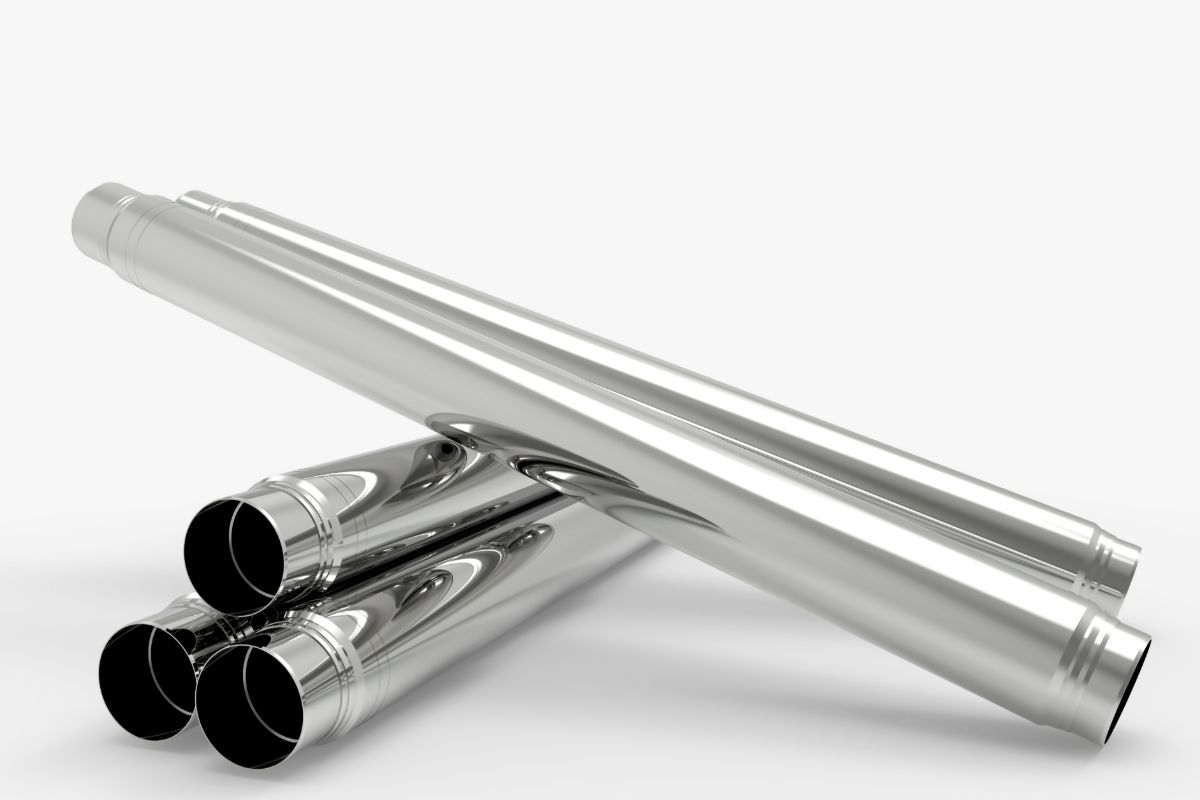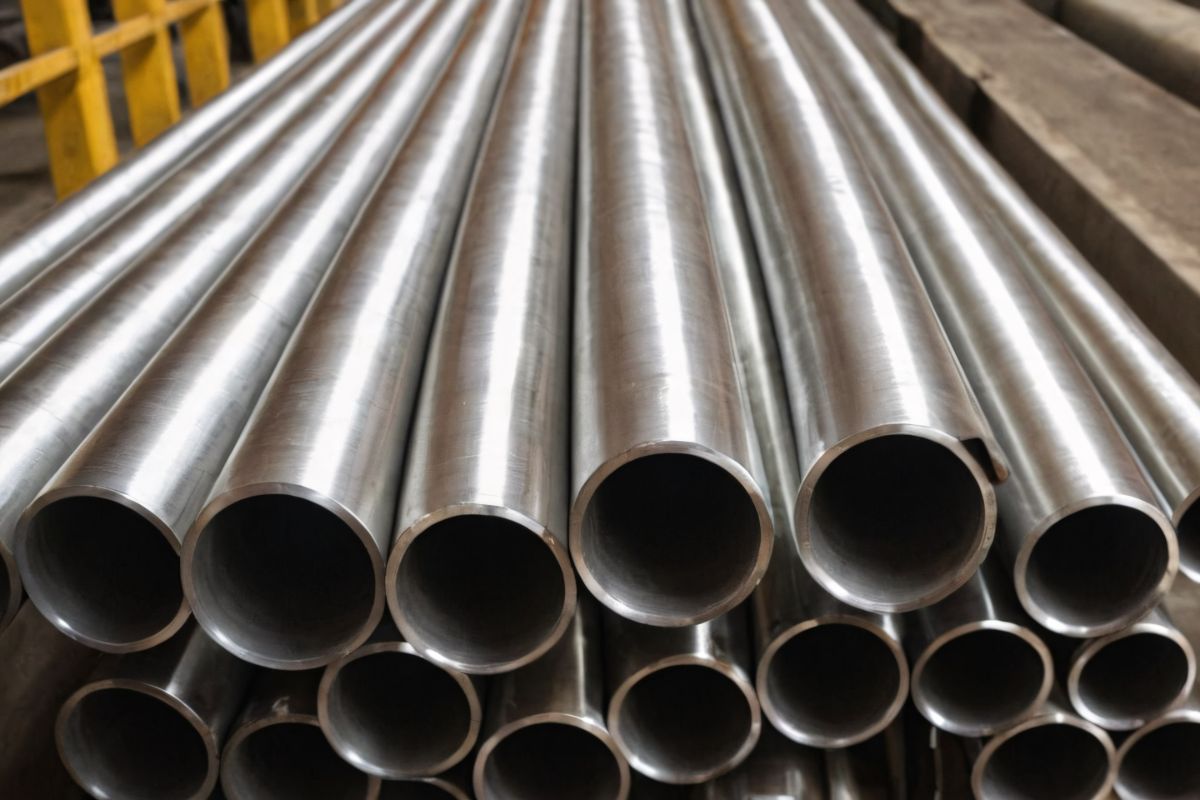
2025 Market Trends: What to Expect with Galvanized Iron Pipe Prices in the Philippines
What to expect with galvanized iron pipe prices in the Philippines?
- Moderate but ongoing price fluctuations
- Surges from infrastructure and green projects
- Growing trade and import/export activity
- Competitive pricing from expanded supply
Overview
- Galvanized iron (GI) pipes are crucial for Philippine infrastructure projects, and their prices are expected to fluctuate in 2025 due to various market factors.
- Key influences on GI pipe prices include moderate but ongoing price fluctuations, surges from infrastructure and green projects, growing trade and import/export activity, and competitive pricing from expanded supply.
- Understanding these trends allows industry professionals to plan budgets effectively and select suppliers that can adapt to the evolving market conditions.
Galvanized iron (GI) pipes remain essential in many Philippine infrastructure projects, from water distribution systems to structural frameworks. Their unique features make them a practical choice for both public and private developments.
As the country moves forward with new construction and rehabilitation projects in 2025, price trends for these pipes are expected to shift due to a range of factors. For industry professionals, contractors, and procurement officers, staying informed about these changes is crucial for effective planning and budgeting.
In this article, we’ll take a closer look at what to expect with galvanized iron pipe prices in the Philippines and how ongoing market conditions could influence costs over the coming months.
Moderate but Ongoing Price Fluctuations
GI pipe prices in the Philippines are expected to continue experiencing moderate but ongoing fluctuations throughout 2025. These shifts are largely influenced by the volatility in global steel prices, which directly affects the cost of raw materials for GI pipe production.
As of the latest available data, GI pipe prices range from around ₱950 to ₱52,000 per 6-meter length, depending on diameter and wall thickness. These baseline figures are expected to adjust as raw input costs evolve throughout the year, especially as international markets remain unsettled.
Surges from Infrastructure and Green Projects

As the Philippines leans into sustainable development, demand for GI pipes follows closely behind. With the government expanding its infrastructure pipeline for 2025, including renewable energy facilities, waterworks rehabilitation, and eco-forward housing, the volume of public and private sector builds requiring galvanized iron has increased.
What that means for buyers is cyclical demand. During bidding and construction peaks, procurement surges can temporarily strain supply and nudge prices upward. Navigating these cycles requires timing, supplier relationships, and the ability to read local construction momentum.
Growing Trade and Import/Export Activity
Beyond local projects, international forces are quietly shaping the GI pipe market. The Philippines has long relied on a mix of domestic production and imported steel inputs to meet demand. But as trade flows become more active in 2025, global logistics disruptions, fuel costs, and regional supply gaps are beginning to ripple through to local pricing.
The Department of Trade and Industry (DTI) continues to regulate imports to protect fair competition, but even so, the market remains sensitive to international pricing movements.
For instance, increased imports from neighboring economies like China and Vietnam have helped stabilize local supply, but they also make prices more reactive to external trends. Procurement officers who monitor these shifts can better anticipate adjustments before they reach the final invoice.
Competitive Pricing from Expanded Supply

If there’s one silver lining in an otherwise shifting market, it’s that competition is helping stabilize prices. As more producers, both local and international, expand their operations, the market is seeing less volatility and more accessible pricing across the board.
This is especially beneficial for bulk buyers managing large procurement orders for infrastructure and industrial projects. With expanded supply, there’s more room to negotiate, plan long-term, and secure consistent quality.
As technology improves and production lines become more efficient, the market is growing.
Find Reliable GI Pipes in the Philippines at Supreme Pipe
At Supreme Steel Pipe Corp., we offer consistent, affordable GI pipes that reflect current market conditions while maintaining the quality our clients rely on. Our products remain accessible to large-scale contractors and smaller operations alike, even as prices fluctuate.
We source and manufacture GI pipes to meet both local and international standards, including ISO, TUV Rheinland, and Philippine National Standards (PNS). This ensures compliance and reliable performance for a wide range of projects—from utility installations to structural applications.
Thanks to our long-standing presence in the market, we’re able to offer economies of scale that translate into more stable pricing and availability. Our in-house galvanization and quality control processes also ensure that the pipes we deliver are resistant to corrosion and built for long-term use.
Key Takeaway
With construction and infrastructure development gaining momentum, understanding what to expect with galvanized iron pipe prices in the Philippines can help you navigate the year with better foresight.
Staying ahead of cost trends, whether driven by raw materials, global trade, or local project cycles, means you can plan your budgets more effectively and choose suppliers that keep pace with the shifting market.
Partner with a trusted GI pipe supplier in the Philippines at Supreme Pipe. We ensure the highest quality products and reliable supply for your projects. Contact us today to learn more.


